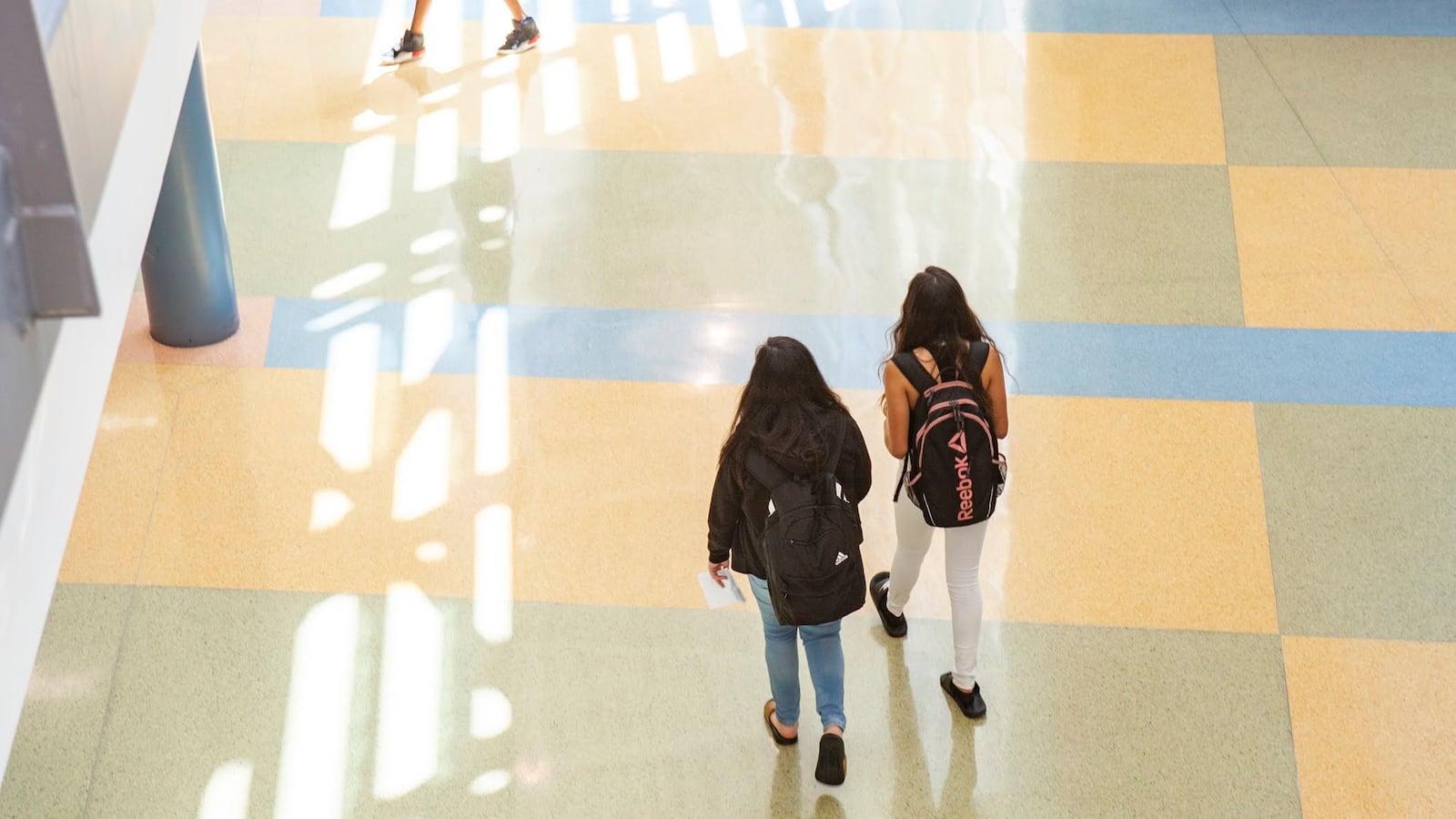More than half of the district-run schools in Chicago’s shrinking school system are under utilized, with 10 more campuses landing on that list for a total of 253 under-enrolled schools, according to data released this week by Chicago Public Schools.
The district calculates utilization using 20th-day enrollment and the results of biennial facilities assessments, though the last comprehensive assessment was conducted in 2014-2015. Mandated by state law, the annual capacity calculations are closely watched barometers of how student enrollment patterns impact campuses. Parents and educators at overcrowded schools use the data to build support in their communities for campaigns for annexes and new facilities, while supporters at under-utilized schools monitor the numbers out of concern for the future of their campuses.
Related: Another year of enrollment declines, but Chicago holds on to title of third largest district
The data does not include charter schools that own their own facilities or options programs that help students at risk of dropping out. Of the district’s 642 schools, about 500 are listed in the capacity numbers.
This school year, 35 schools with reported data are over capacity, which is defined as a building utilization of 110% or more, compared with 34 in 2018-19. Per the data, 206 schools were labeled “efficient,” meaning they are using 70 to 110% of the building’s ideal capacity, compared to 216 schools last year.
Scroll down to use our searchable database and find your school’s latest capacity rating.
High schools most clearly illustrate the dramatic swing in Chicago’s enrollment, with some schools brimming at the seams and others hollowing out. Three majority Latino high schools — Von Steuben High School on the city’s Northwest Side, and John F. Kennedy High School and Hubbard High School on the Southwest Side — were the most overcrowded, with capacity rates of 144%, 156%, and 135% respectively.
Six other high school campuses were less than 10% full, according to the district’s calculations. Two of those high schools — Tilden and Hirsch — are on the city’s South Side, while two others — Manley and Douglass high schools — are on the Far West Side. A fifth, Uplift High School, is located in the city’s Uptown neighborhood, and a sixth, Harper High School, is slated for closure as part of a four-school consolidation in Englewood, where a new STEM high school opened this year. Five of the six schools has a majority black student population.
The district released the figures this year with a caveat that they are only one data point used to determine investments in buildings and facilities and engage communities in discussions about their schools.
“Space utilization represents one of the many resources the district has available for stakeholders to learn more about the schools in their communities,” said a spokeswoman in a statement.
Community groups also typically urge caution with the data, arguing that capacity does not paint an accurate picture of what happens inside schools.
Timothy Noonan, a parent of three Chicago Public Schools students and a parent rep on the Kellogg Elementary School Local School Council, said that parents at the 275-student elementary in the Beverly neighborhood are trying to build a case for a new addition to the building to replace an aging mobile unit.
The capacity data lists the building as efficient — with 92% capacity — but that doesn’t portray the reality there, he said, where the gym doubles as a cafeteria. “The cafeteria workers are working while the kids are playing in the gym,” said Noonan.
What’s more, capacity calculations are based on a class size of 30 and, said Noonan, “no reflection on reality.” “These older schools have different sized, funky rooms, and some classrooms were reassigned from something else, like a library. Having normal-sized rooms is not the norm across buildings.”
An example of how enrollment can wax and wane, a few years ago, Kellogg was losing enrollment and a plan was floated to merge it with a nearby school. Parents fought the plan, a new principal was hired, and a widespread recruitment effort brought in more students.
How other schools can stem enrollment losses is an ongoing conversation in many neighborhoods. A pair of parent advocacy groups this summer set up a two-day workshop on the West Side to educate community members on alternatives to school closures — from sharing vacant space with other schools or community groups to lobbying the district for different attendance boundaries or coming up with plans to boost enrollment.
Note that Chicago uses different formulas to calculate capacity at elementary and high schools. The status rating in the chart above reflects adjustments for children in special education cluster programs and pre-K programs.

